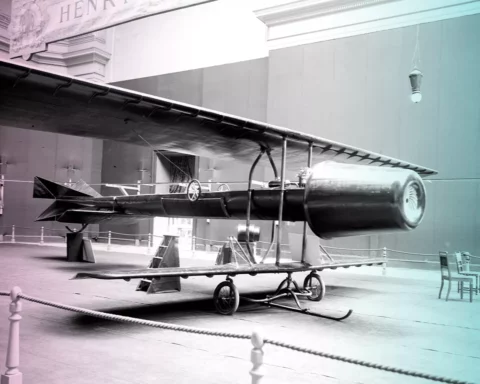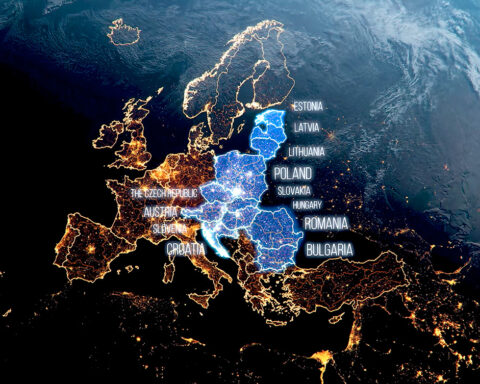At first, it seems fitting to explain how the results are calculated and what are the four innovation groups. As it is explained in the report by the European Commission, “The EIS provides a comparative assessment of the performance of innovation systems at the country level of the EU Member States, other European countries and regional neighbors. Innovation performance is measured using a composite indicator – the Summary Innovation Index – which summarises the performance based on 32 indicators. These indicators are grouped into four main types – Framework conditions, Investments, Innovation activities, and Impacts – and 12 innovation dimensions.”
Then the countries are grouped into four categories, which are relative to the average performance between the member states: innovation leaders (score well above the EU average); strong innovators (score similar to the EU average); moderate innovators (score below the EU average), and lastly the emerging innovators (score well below the EU average). So the latter is a poor score, right? Well, yes and no – depending on the angle from which you analyze the issue.
Post-pandemic landscape
Although the pandemic is not officially over yet, the most recent data can be perceived as reflecting the toll COVID-19 has so far had on all aspects of our lives. With this in mind, it is encouraging to see that only eight out of 27 member states have seen a decline in innovation between 2021 and 2022. With regards to the Three Seas Region, only three countries have seen that decline: Romania, Latvia, and Estonia, the latter suffering the toughest blow from all eight countries in the decline group (-8.9 percentage points).
It is even more encouraging to see that innovation performance improved in the same year in 19 member states, including the Three Seas Initiative Countries of Bulgaria, Poland, Slovakia, Hungary, Lithuania, Czechia, Slovenia, and Austria. Out of the eight states, Czechia noted one of the biggest rises within the European Union (11.7 percentage points). It is, therefore, clear that despite a particularly difficult year, which also saw the outbreak of Russia’s war on Ukraine (not yet fully reflected in the data), the vast majority of The Three Seas states are on a steady path of growth.
The devil is in the detail
The above data looks even more promising if we take into account that in the last seven years, between 2015 and 2022, the average performance of the European Union grew by 9.9 percentage points, and in that time, all of the Three Seas States have manifested a significant improvement in their performance as well. The most impressive growth can be seen in Estonia, Czechia, Lithuania, Croatia, and Poland. The orange-to-green image is even less clear-cut when we include in our comparisons data provided in the 2021 Regional Innovation Scoreboard.
Regional comparisons are more detailed but also less frequently published. The 2021 analysis shows that within the Three Seas states, there are the so-called “pockets of excellence,” namely regions that perform way above the average within a given country. The most extreme example can be seen in Lithuania. The country, an overall moderate innovator, is divided into two regions: the East is classed as an emerging innovator, and the West is a strong innovator. Similarly, Croatia is divided between emerging innovator and moderate innovator regions.
Not the time for champagne (yet)
Despite cheering to all the positive conclusions, we must realize that it is not, however, the right moment to pop open the champagne bottles. There is still a lot of work ahead of the states with the lowest innovation performance scores. Despite them manifesting a growing trend in both comparison periods, the emerging innovators’ group is not yet catching up enough.
This means that tough challenges are posed in front of the majority of the Three Seas Countries since most of them were classed as emerging innovators (Romania, Bulgaria, Latvia, Poland, Slovakia, Croatia, Hungary). Among them are such issues as filling the gaps between the regions and securing enough assets to keep up with the more innovation-advanced West of the continent.
But it is also not the time for the moderate innovators (Czechia, Lithuania, Slovenia, Estonia) and strong innovators (Austria) to feel content with their achievements, as, apart from Czechia and Lithuania, all of them decreased their advantage gap over the EU average. Truth be told, the times which have come are difficult and unpredictable. Even more so, tight cooperation between the Three Seas States can help us continue to grow, advance, and accelerate.







